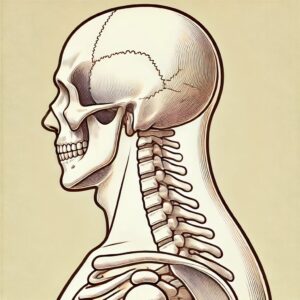The following is a suggested simplified Cervical Spine Imaging Pathway that can be applied to adult patients requiring rule out of acute Clinically Significant Cervical Spine Injury (CS-CSI).
The pathway consists of a single question:
Can CS-CSI be ruled out using either the Canadian Cervical Spine Rule or the NEXUS criteria?
-
- Yes – Imaging not required
- No – Proceed to Imaging

Explanatory Notes:
- Clinical Decision Rules
- Both clinical decision rules have extremely high negative predictive value and no useful positive predictive value. Consequently, as long the patient can be clinically cleared with one of these rules, it is irrelevant how they perform on the other rule.
- Clinical decisions rules are only effective if applied to the appropriate patients by appropriately skilled clinicians. Consequently knowledge of the inclusion/exclusion criteria for applying those rules is critical. The MD Calc links to the rules above provide valuable information in their “When to Use”, “Pearl/Pitfalls” and “Why to Use” tabs and these should be read in full. Reference literature are also provided.
- There is conflicting evidence regarding the sensitivity of the NEXUS rule in elderly patients so use with caution in this group – consider using only where clinical index of suspicion for CS-CSI is low.
- Clinical decision rules should be used as a guide and are not a replacement for common sense and clinical gestalt of experienced clinicians. If in doubt consult senior clinicians and please note our disclaimer.
- Imaging Choice
- Imaging choice should be in keeping with local protocols. Most adult patients will be imaged by CT alone. If there is persistent neurological symptoms or signs, MRI will generally be required. In contemporary ED practice in Australia, with the progressive reduction in radiation dose delivered by modern day CT scanners, xrays are uncommonly performed in adult patients (instead of CT) though are occasionally used in some centres for young adults with a low index of suspicion for CS-CSI.
- Patients requiring CT brain in trauma, may in some clinical situations, also have their cervical spine imaged by CT at the same time even if they can technically be ruled out using the above cervical spine rules. CT Brain already images part of the cervical spine so the reduction of radiation dose achieved by avoiding the completion of cervical spine imaging is minimal. Additionally, the practical and clinical problems associated with sending a person back for a second CT scan later after reassessment is significant. This practice of imaging both CT brain and cervical spine is particularly common in elderly patients.
